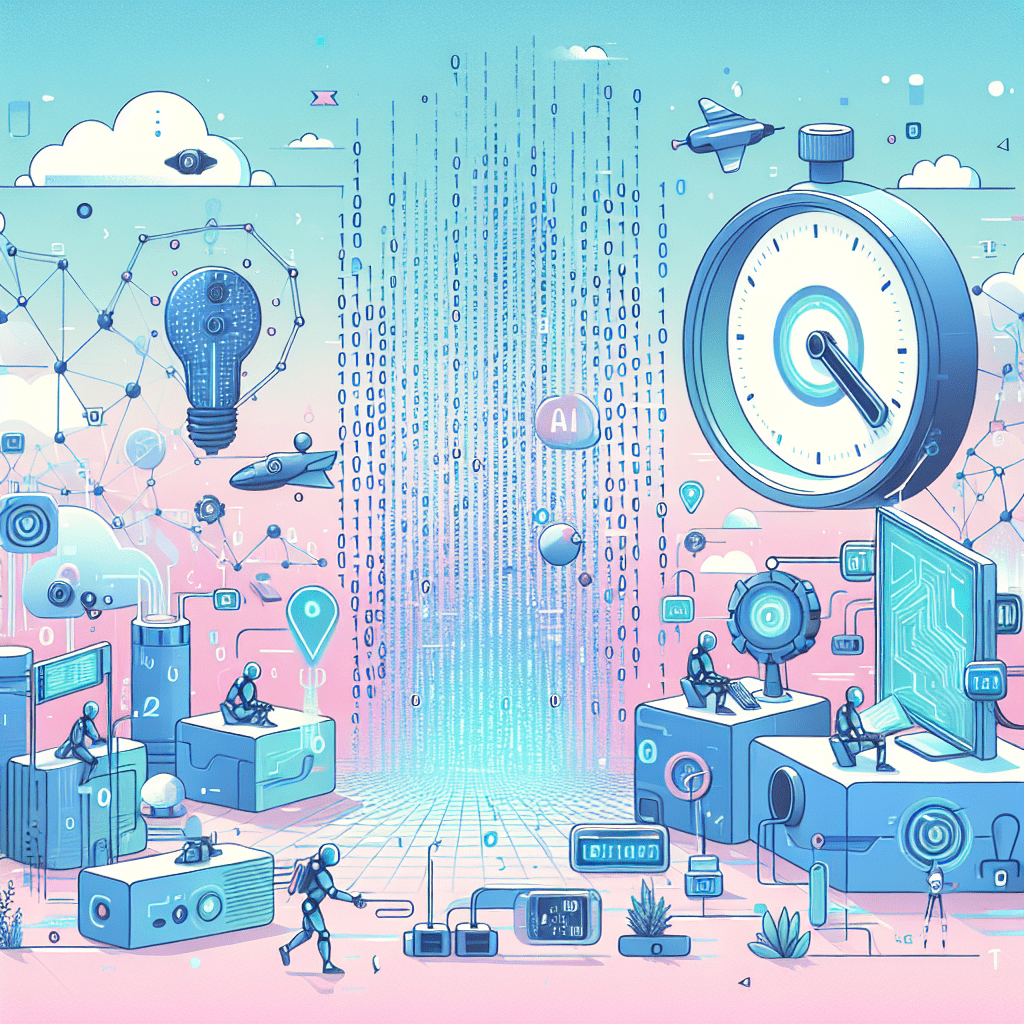Artificial Intelligence (AI) has been a driving force in technological advancements in recent years. From voice assistants to autonomous vehicles, AI tools are revolutionizing the way we live and work. As we look to the future, there are several trends and innovations in AI that are worth keeping an eye on. In this article, we will explore some of the most exciting developments in AI and how they are shaping the future of technology.
1. Deep Learning
Deep learning is a subset of machine learning that uses artificial neural networks to mimic the way the human brain works. This allows AI systems to learn from large amounts of data and make decisions without human intervention. Deep learning has already been used in a variety of applications, such as image recognition and natural language processing, and its capabilities are only growing.
2. Robotics
Robots powered by AI are becoming increasingly sophisticated, allowing them to perform tasks that were once thought to be exclusively human. From manufacturing to healthcare, robots are being used to automate processes and improve efficiency. As AI continues to advance, we can expect to see even more capable and versatile robots in the future.
3. Personalization
AI tools are being used to personalize experiences in a variety of industries, from e-commerce to marketing. By analyzing user data and behavior, AI algorithms can tailor recommendations and content to individual preferences. This not only improves user satisfaction but also helps businesses increase engagement and conversions.
4. Natural Language Processing
Natural language processing (NLP) is a branch of AI that focuses on the interaction between computers and human language. NLP enables machines to understand and generate human language, making it possible for AI systems to communicate with users in a more natural and intuitive way. This technology is already being used in chatbots, virtual assistants, and language translation services.
5. IoT Integration
The Internet of Things (IoT) is a network of interconnected devices that can communicate and exchange data. AI tools are being integrated into IoT systems to analyze and make sense of the vast amounts of data generated by these devices. This combination of AI and IoT is enabling new applications and services, such as smart homes, predictive maintenance, and environmental monitoring.
Conclusion
As AI technology continues to evolve, we can expect to see even more exciting developments in the future. From deep learning to robotics to personalization, AI tools are transforming industries and revolutionizing the way we interact with technology. By staying informed about the latest trends and innovations in AI, businesses and individuals can prepare themselves for the opportunities and challenges that lie ahead.
FAQs
Q: What are some potential risks associated with AI tools?
A: Some potential risks of AI tools include job displacement, privacy concerns, and bias in decision-making algorithms. It is important for organizations to address these issues proactively and ethically when implementing AI systems.
Q: How can businesses benefit from using AI tools?
A: Businesses can benefit from using AI tools in various ways, such as increasing efficiency, improving customer satisfaction, and gaining insights from data analysis. By leveraging AI technologies, companies can stay competitive in an increasingly digital world.
Q: What skills are needed to work with AI tools?
A: Working with AI tools requires a combination of technical skills, such as programming and data analysis, as well as domain-specific knowledge in fields like machine learning and deep learning. Additionally, critical thinking and problem-solving skills are essential for developing and implementing AI solutions.
Quotes
“The future of AI is full of endless possibilities, and it is up to us to harness its potential for the greater good.” – Unknown
#Future #Tools #Trends #Innovations #Watch


